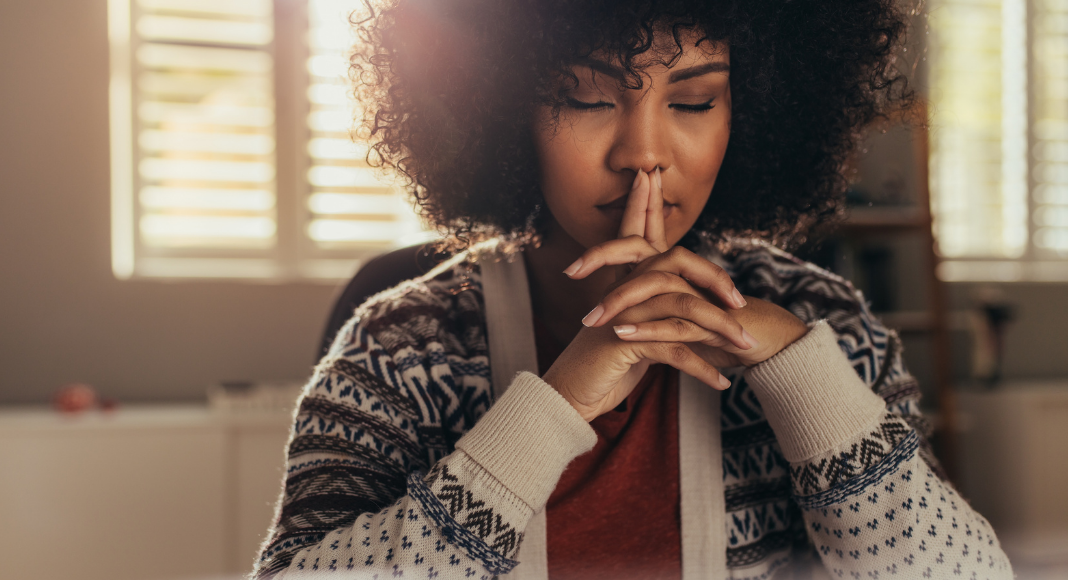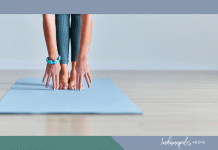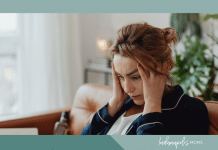 I love fall. I love the changing colors. I love the cool breeze following those hot summer days. I love the baggy sweaters that let me hide things that bathing suits do not! Do you know what I don’t love? The beginning of the school year! As a kid, it was the excitement about seeing my friends again and wearing new school clothes (back when there was nothing to hide in those baggy sweaters). As a parent, it is about rearranging my schedule and worries about how efficiently I manage the transition. The on-slaught of decision-making: bus or car rider, unhealthy school lunches or hours of meal prep, how to stretch the pennies to cover all of the expenses. It is anxiety-producing, and it isn’t like the beginning of the school year puts a pause on all of life’s other stressors.
I love fall. I love the changing colors. I love the cool breeze following those hot summer days. I love the baggy sweaters that let me hide things that bathing suits do not! Do you know what I don’t love? The beginning of the school year! As a kid, it was the excitement about seeing my friends again and wearing new school clothes (back when there was nothing to hide in those baggy sweaters). As a parent, it is about rearranging my schedule and worries about how efficiently I manage the transition. The on-slaught of decision-making: bus or car rider, unhealthy school lunches or hours of meal prep, how to stretch the pennies to cover all of the expenses. It is anxiety-producing, and it isn’t like the beginning of the school year puts a pause on all of life’s other stressors.
According to the National Alliance for Mental Illness, 40 million American adults suffer from anxiety (and I’m certain that was pre-pandemic). As a mental health therapist, anxiety is the most common symptom I encounter in people I work with. Anxiety can be debilitating. I know not only because I have treated it but because I have experienced it. Throughout my life, I have faced fears that, at times, were overwhelming and led to panic attacks. I was deathly afraid of heights and stairs. Also, spiders, but I think I get a pass on spiders because… well, eeeek!
Disclaimer, people diagnosed with a generalized anxiety disorder by a licensed mental health clinician should follow the treatment plan they develop with their provider. But for all of the rest of us who struggle with anxious symptoms, how do we manage anxiety? I wish I had a hack for that. I do not. I was well into my forties before I lived in an upstairs apartment or took the creepy parking garage stairs without a second thought. What I know is that managing anxious symptoms is a daily effort. But it is possible and so worth it!
It starts with a good night’s rest. Believe it or not, I start most of my therapy work by addressing sleep. In my 16 years of clinical practice, my experience has been that sleep is the single greatest factor in managing mood. If someone tells me they are anxious and sleep four hours on average a night, no amount of therapy can fill that gap. To function optimally our bodies, and minds require 8 hours of sleep (a fact backed up by the Sleep Foundation, AMA, APA, CDC, the ZZZZZ, and the Association of Sheep Counters).
Do you ever have racing thoughts buzzing about your head as though it is a beehive? If so, you aren’t alone. One of my clients recently described her thoughts as buzzing bees. Often the racing thoughts before bedtime are one reason people struggle to fall asleep. So how do you turn off the constant chatter in your head? Introduce a daily practice of meditation. Hold on before you groan and scroll…meditation does not have to mean sitting cross-legged on the floor and chanting or turning your brain off completely (which, let’s face it, seems impossible). Start with two minutes of quiet time each day.
Two minutes isn’t enough, but it’s doable. Two minutes can lead to more when you go from the discomfort of stillness to the restoration that is only found in that same stillness.
Most of us are racing through life at 65mph. We go from bed to commute (or couch) or the drop-off line and race from one errand/task/meeting/activity to the next without time to even catch our breath. Our thoughts are racing just as fast. We feel anxious because our minds can’t take the constant bombardment of all of the things!
Meditation can take any form, but the goal is quiet and stillness. If you are just getting started with meditation, guided meditation can be a good start. There are apps and YouTube videos etc. The key to making this habit stick or experiencing its benefits is doing it even though it feels weird to start. Some of us rarely experience the quiet of our own minds, so it can seem quite unusual initially! Mindfulness is one form of mediation. It is more about being present than being quiet. There is a ton of research to back up its effectiveness.
Here are two relatively simple practices to reduce anxiety; breathing and muscle relaxation. If you’re reading this, you’re breathing, so that’s a good start! Close your eyes. Now open them, read on, and then close them. Take a slow deep breath in through your nose. Let the breath rest. Then release the breath slowly. Focus on the breath. Practice this several times throughout your day. Perhaps make a habit of practicing every time you are in line (pick up, grocery, etc.) or before every meeting. Tip two is muscle relaxation. It is helpful because we carry so much tension in our muscles, particularly shoulders, neck, and head areas. You can start at your feet, tensing every muscle group from toes to head one at a time, tensing and releasing. A hot bath or shower, compress, or heating pad can ease that tension as well. And if you are able, treat yourself to a massage from time to time.
Anxiety is rarely about the present moment. Generally speaking, we are ok in this present moment. Wait a minute….if you’re still here, you are ok. Far too often, we are planning for or worrying about the future. Or reliving past regrets. Thinking about what we could have done better or how so and so did it better. The future isn’t here. The past is gone. All we have is right now. Anxiety seeps and gets its chokehold on our lives. It steals our joy and our ability to be in the present moment.
It does not have to be that way. You can ease the anxiety! You’ve got this, just remember…
Sleep is not optional; it is essential!
Sloooowww down and be present. Give your brain a 5 minute time out from time to time.
Breathe and relax (it is actually as easy as it sounds).
You don’t have to get it perfect; you just have to practice!








